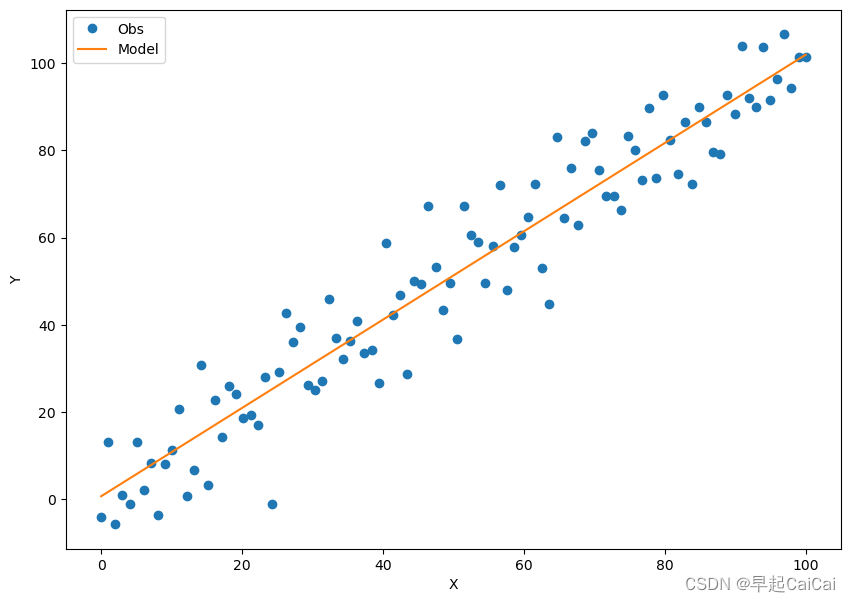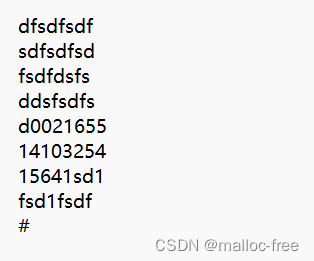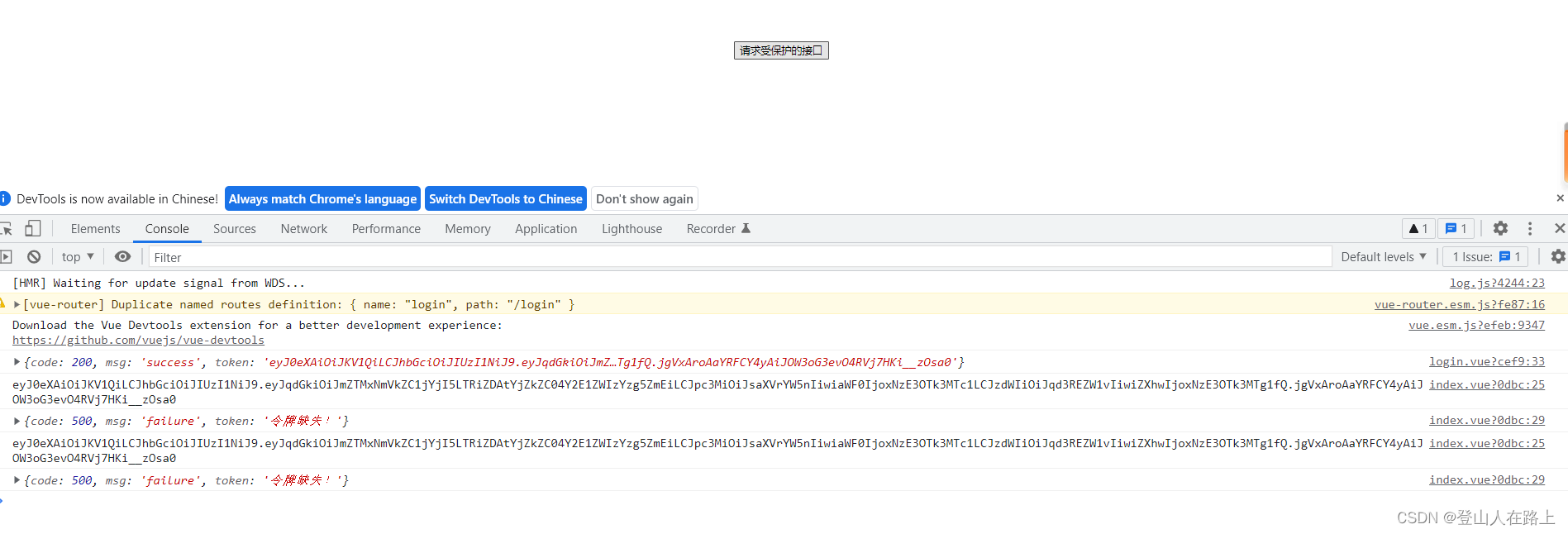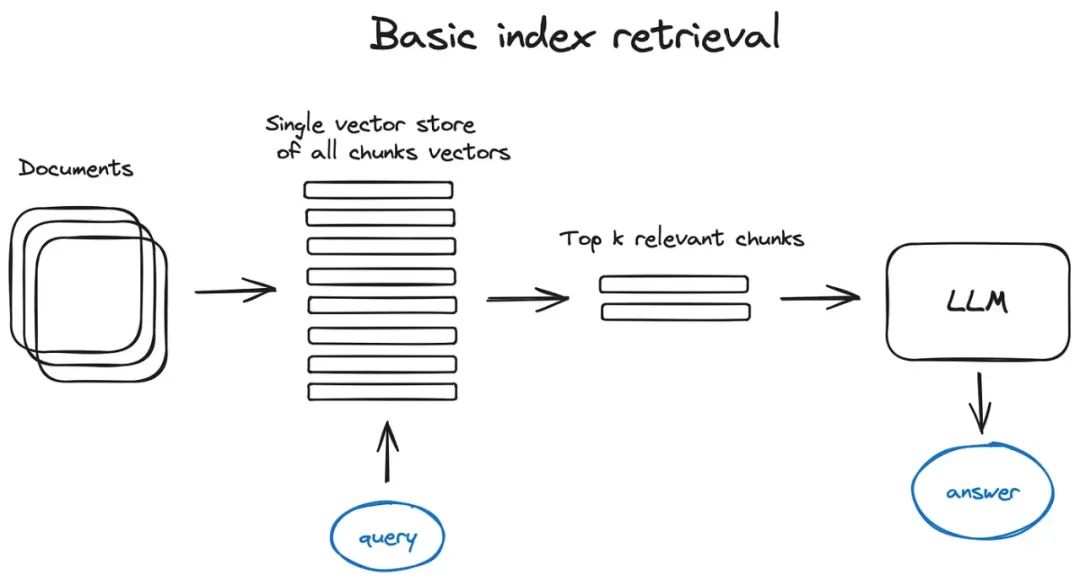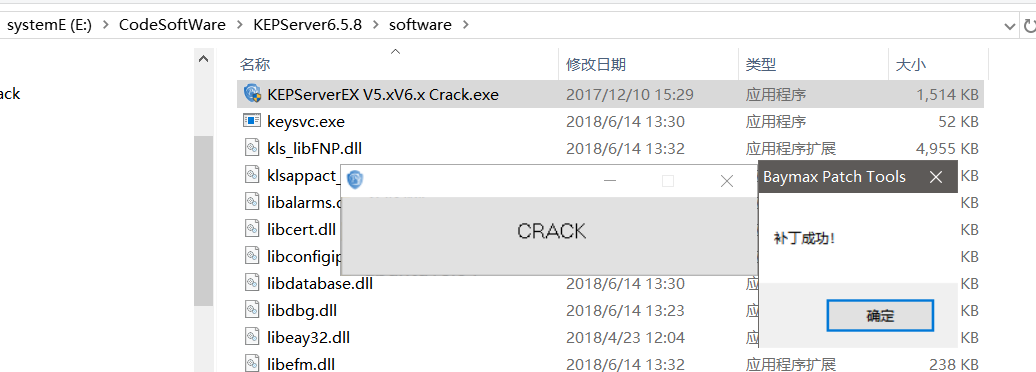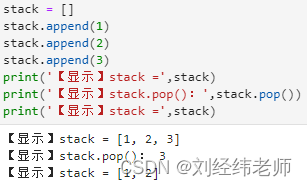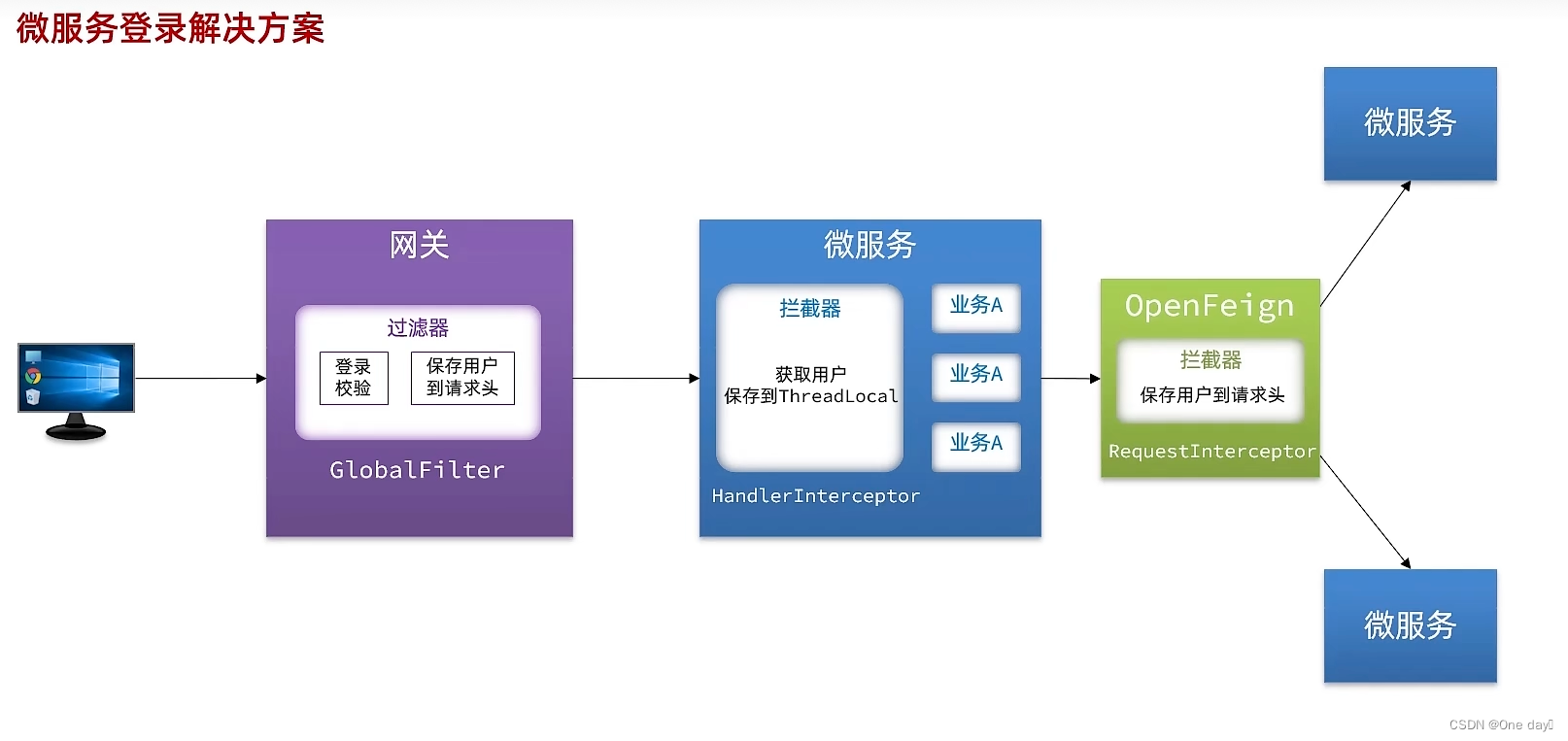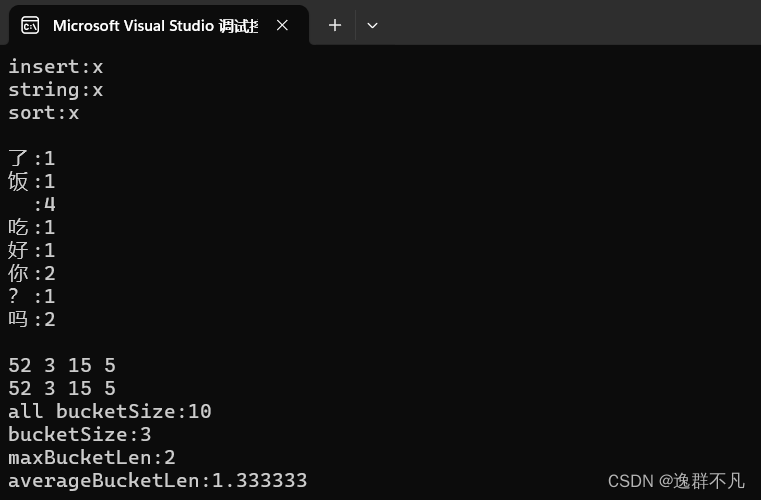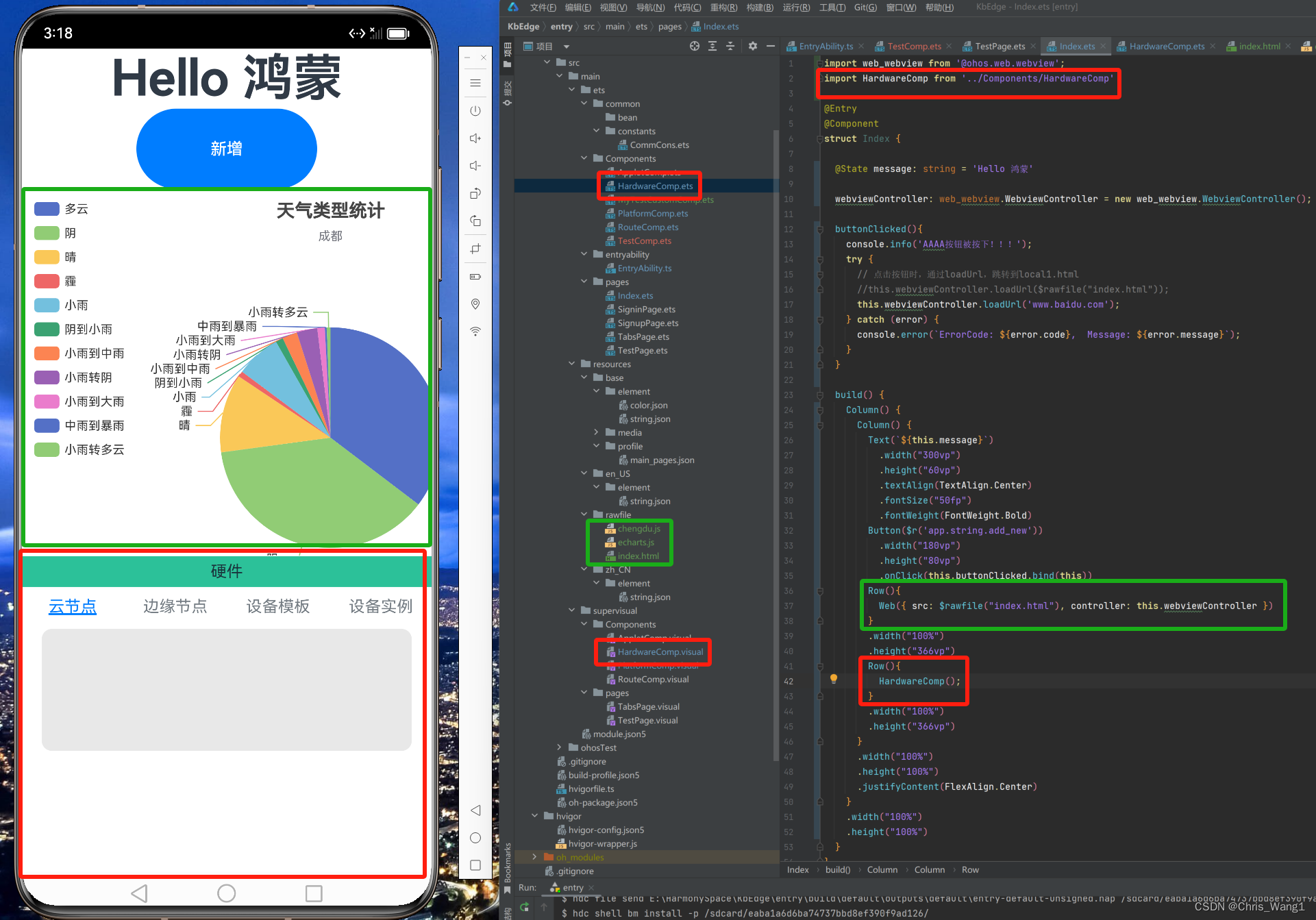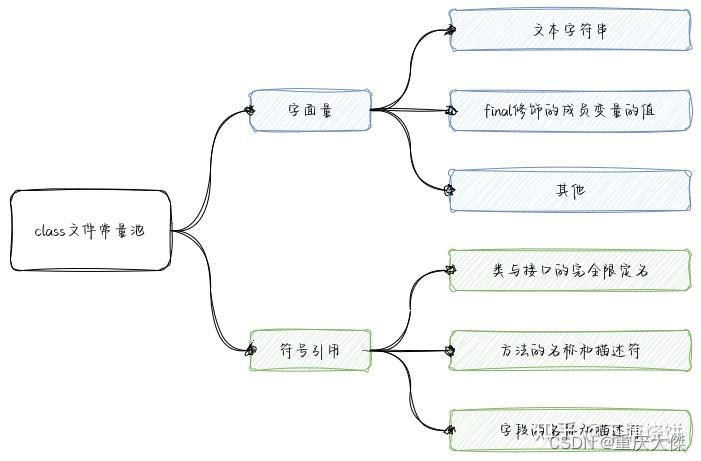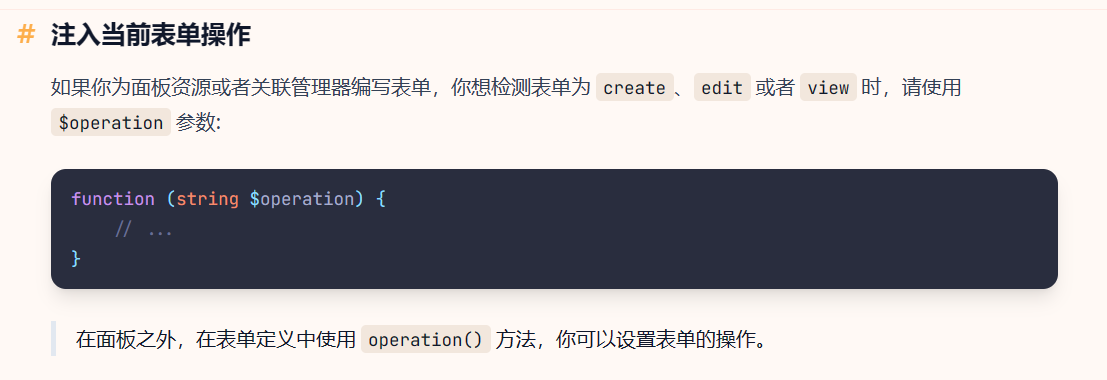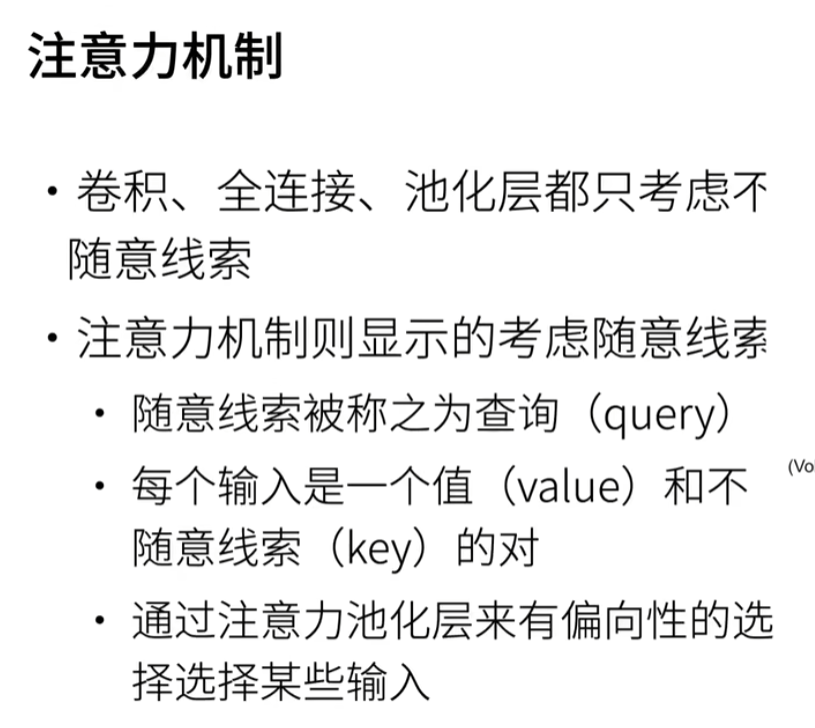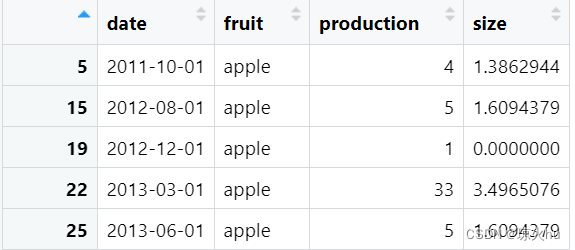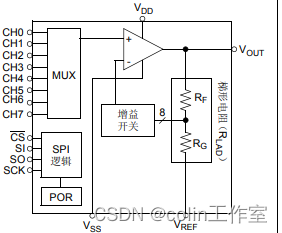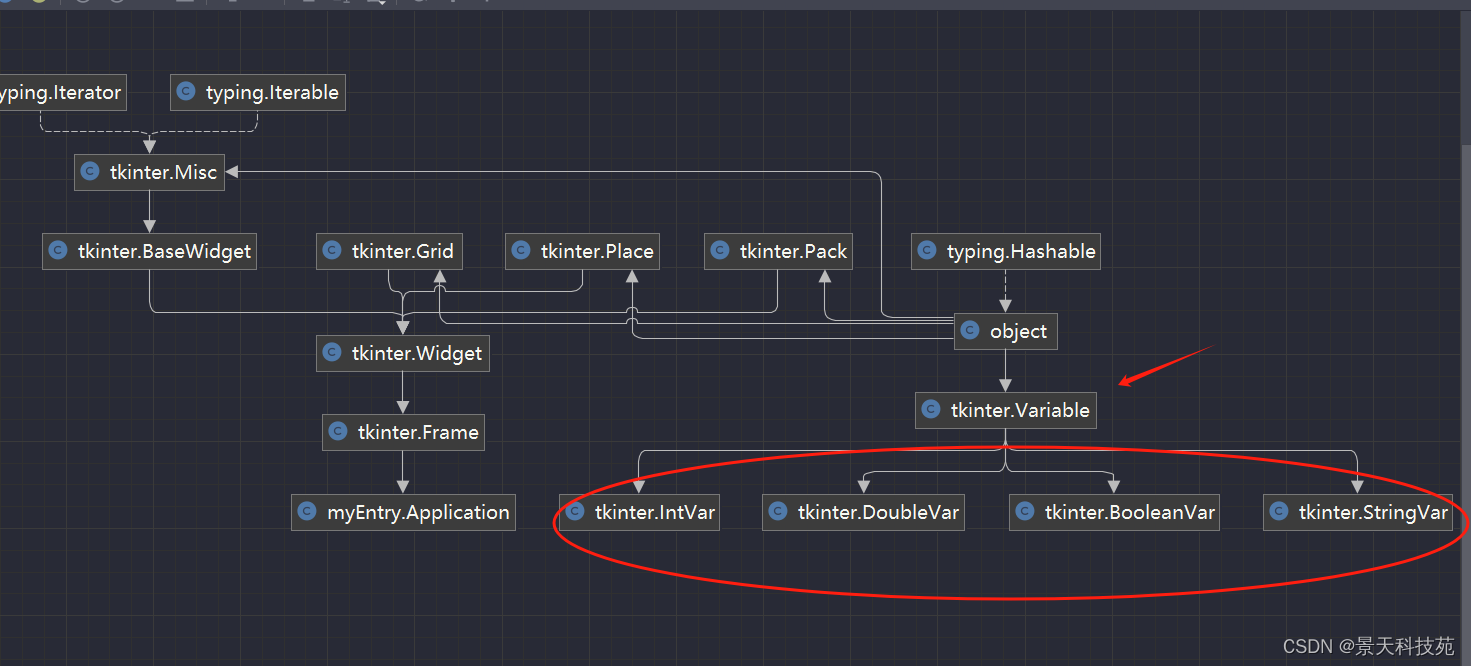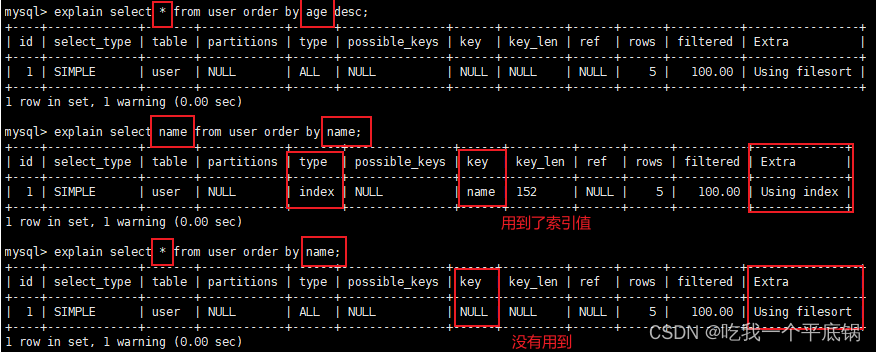PV 操作是一种实现进程 互斥 与 同步 的有效方法。PV 操作与信号量的处理相关,P 表示 passeren 通过的意思,V 表示 vrijgeven 释放的意思. 包含在 1965 年, 由荷兰人 Dijkstra 提出的信号量机制; (同是 银行家算法 和 最短路径算法 的提出者)
术语:
- semaphore
- mutually-exclusive
- synchronization
介绍
- 信号量 S
- 当
S >= 0表示某资源的的可用数; - 当
S < 0表示其绝对值表示阻塞队列中等待改资源的进程数;
P 操作表示 申请一个资源
V 操作表示 释放一个资源
- P 操作:
S := S - 1
- 若
S >= 0, 则执行 P 操作的进程继续执行 - 若
S < 0, 则将执行该操作的进程置为阻塞状态, 并将其加入到 “阻塞队列”
- V 操作:
S := S + 1
- 若
S > 0, V 操作继续 - 若
S <= 0, 则从阻塞队列唤醒一个进程, 并将其加入到 “就绪队列”
互斥与同步
- 互斥

- 同步
- 使用两个信号量来同步 (协作)
-
buffer_empty: 空闲量
-
buffer_full: 存放量
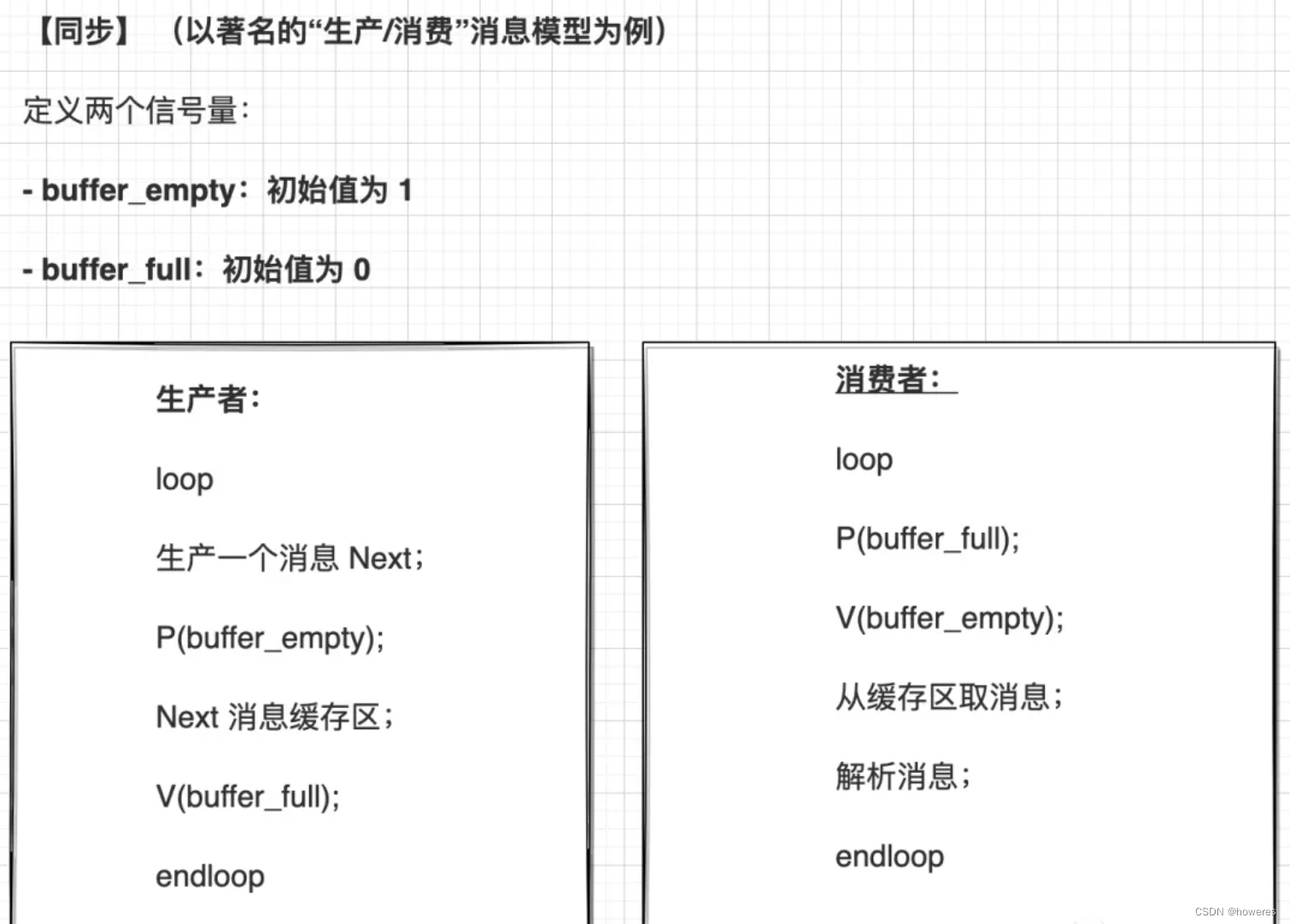
-
同步与互斥的区别
同步是指两个进程协调来完成一件事情 (whole), 互斥则表示同一时刻只能有一个进程进入临界区 (fragment)
代码
- ABA
class SemaphoreABA implements FooBar {
private final int n;
Semaphore foo = new Semaphore(6);
Semaphore bar = new Semaphore(0);
public SemaphoreABA(int n) {
this.n = n;
}
public static void main(String[] args) {
SemaphoreABA fooBar = new SemaphoreABA(10);
new Thread(() -> {
try {
fooBar.foo(() -> System.out.print("Foo"));
} catch (InterruptedException ignored) {
}
}).start();
new Thread(() -> {
try {
fooBar.bar(() -> System.out.print("Bar"));
} catch (InterruptedException ignored) {
}
}).start();
}
public void foo(Runnable printFoo) throws InterruptedException {
for (int i = 0; i < n; i++) {
foo.acquire();
printFoo.run();
bar.release();
}
}
public void bar(Runnable printBar) throws InterruptedException {
for (int i = 0; i < n; i++) {
bar.acquire();
printBar.run();
foo.release();
}
}
}
- ABC
class SemaphoreThreadABC implements Foo {
private final Semaphore s2;
private final Semaphore s3;
public SemaphoreThreadABC() {
s2 = new Semaphore(0);
s3 = new Semaphore(0);
}
public static void main(String[] args) {
SemaphoreThreadABC foo = new SemaphoreThreadABC();
new Thread(() -> {
try {
foo.second(() -> System.out.println("Two"));
} catch (InterruptedException ignored) {
}
}).start();
new Thread(() -> {
try {
foo.first(() -> System.out.println("One"));
} catch (InterruptedException ignored) {
}
}).start();
new Thread(() -> {
try {
foo.third(() -> System.out.println("Three"));
} catch (InterruptedException ignored) {
}
}).start();
}
public void first(Runnable printFirst) throws InterruptedException {
printFirst.run();
s2.release();
}
public void second(Runnable printSecond) throws InterruptedException {
s2.acquire();
printSecond.run();
s3.release();
}
public void third(Runnable printThird) throws InterruptedException {
s3.acquire();
printThird.run();
}
}
扩展
- 虚假唤醒 spurious wakeup (aka. 过早唤醒)
用 while 替换 if
if (state % 3 == 0) {
// spurious wakeup
System.out.print("A");
state++;
obj.await();
}
... // 虚假唤醒后, 继续往下走了
// 改正后
while (state % 3 == 0) {
// spurious wakeup
System.out.print("A");
state++;
obj.await();
}
在使用 notifyAll() 时, 所有线程全被唤醒, 但并不是所有线程都满足条件, 此时如果不用重新判断, 就会继续往下走
